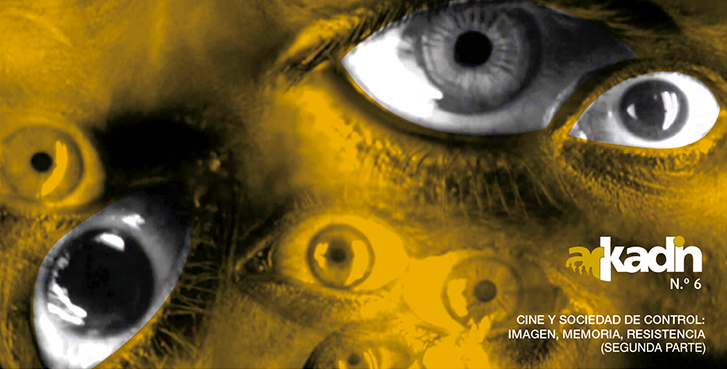Films de familia, cine amateur y la memoria del mundo
Keywords:
Film de familia, apropiación, documental, memoria, cineAbstract
¿Cómo extraer de los films amateurs una memoria del mundo? La recuperación de imágenes amateurs y de registros familiares en films documentales se intensificó en el transcurso de las últimas dos décadas. Este artículo discute las nociones del cine amateur y familiar propuestas por el investigador Roger Odin, el gesto de apropiación y de desplazamiento de esas imágenes, así como su recontextualización, en el cine contemporáneo. Nos concentraremos en la obra del artista húngaro Péter Forgács, quien, desde los años 1980, realiza instalaciones y documentales con imágenes amateurs producidas, en gran parte, por camarógrafos judíos de Europa Central, en los años que antecedieron a la Segunda Guerra Mundial, hasta la era comunista de posguerra. Forgács crea en estos filmes una trama compleja en que la vida de los personajes y los rumbos tomados por ellos, se confunden con el destino del mundo.Downloads
Published
How to Cite
Issue
Section
License
The acceptance of the manuscript by the magazine means the non-exclusive cession of the property rights of the authors in favour of the editor, who allows the reuse, after publication (post print), under a license Attribution-NonCommercial-NoDerivatives 4.0 International.
According to these terms, the material can be copied and redistributed by any means or in any format as long as a) the author and original source of the publication are quoted (magazine and URL of the work), access to the license is provided and whether changes have been made is mentioned; and b) the material is not used for commercial purposes.
The cession of non-exclusive rights means that after the publication (post print) in Arkadin the authors can publish their work in any language, means and format; in such cases it must be mentioned that the material was originally published in this magazine. Such cession also means the authorization of the authors for the work to be collected by SEDICI, the institutional archive of the Universidad Nacional de La Plata, and to be spread in the databases that the editorial team considers appropriate to increase the visibility of the publication and its authors.
Moreover, the magazine encourages the authors to deposit their productions in other institutional and thematic archives under the principle that offering the society the scientific and academic production without any restrictions contributes to a greater exchange of the global knowledge.
























